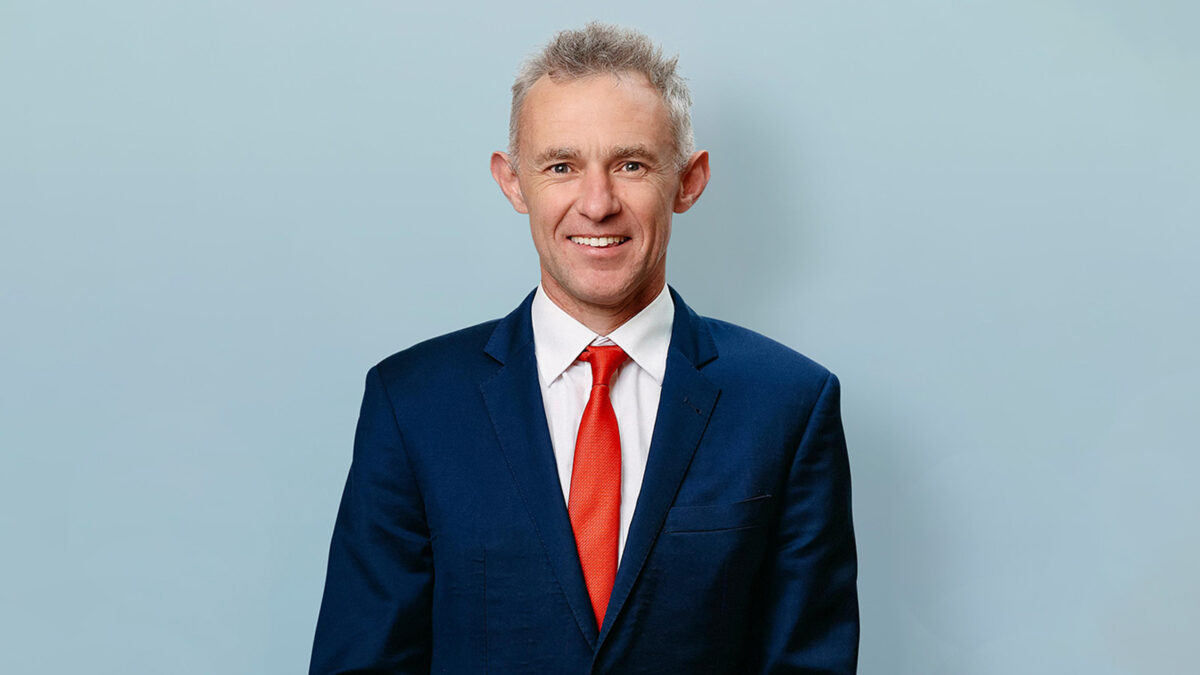The big change that will make ART’s next return matter to more
It is that time of year when Australia’s super funds tell their members just how well they’ve done for them, and Australian Retirement Trust (ART) was first off the blocks.
There is more to the 11.3 per cent return in its high growth option than equities having done very well (though equities have done very well, and head of investment strategy Andrew Fisher expects that a number of the best performers this year will be index products); ART has outperformed across almost every asset class, including real estate, where it’s delivered a slightly negative return versus the high single digit losses reported elsewhere.
But perhaps more important than the return in its high growth option is how many more people will be receiving it (or something like it, rather) come this time next year. ART has shifted more than 1.4 million members under the age of 50 into the equivalent asset allocation in its default lifecycle product, leaving many of them with balances substantially higher come retirement (ART’s mass customisation efforts haven’t been limited to the younger cohort either, with the default strategy put forward to pension members now the risk-balanced strategy – equivalent to the former QSuper balanced option).
Both of ART’s predecessor funds – QSuper and Sunsuper – were among the first funds to introduce lifecycle options, but their main focus was on de-risking members as they got closer to retirement, and in the 10-15 years since they were introduced the average member’s understanding of and appetite for risk has increased.
“It’s moving from a glide path as a de-risking strategy, which was the innovation when (lifecycle) first came in, to glide path as an opportunity to help members take a little bit more investment risk and get higher expected returns with more confidence when they’re younger,” Fisher tells ISN.
It’s an argument in favour of megafunds; with what feels like the press of a button – though it’s assuredly more complex than that – a significant chunk of the Australian population will have a better balance at retirement (the next problem is helping them spend it). ART also workshopped the new settings with its member base, financial advisers and Chant West to ensure they didn’t misunderstand their members’ risk appetite,
“One of the important things with something like this is we don’t want to get to a situation where a member loses confidence with the amount of risk they’re taking because all of the good of putting a member in a higher returning strategy can be undone by one poor decision,” Fisher says.
“If it’s not appropriately calibrated to the option they’re in, what can happen and will happen is there’s a switch to cash at the worst possible time – and that undoes all the good. The stability we’ve seen in the MySuper strategy gives us a bit of comfort and we’ve done member testing to make sure they understand this change and why it’s coming and why it’s good for them over the long-term.”
ART thought about the transition in two stages – the transition of the underlying investments themselves, where its custodian State Street was heavily involved in reshaping portfolios and which was largely completed by 30 June; and the use of its internal capital markets desk to then rebalance portfolios with the goal of delivering the transition with “little and if possible no impact on markets and no discernible impact on transaction costs”.
“That’s a fairly lofty ambition for a transition of this size, but in the end the proof will be in the outcome. You’ll see it in the annual report what the transaction costs are… and I’m pretty confident you won’t be able to tell we did a transition when you look at what they are, which to me is a phenomenal outcome in the context of what we’re trying to do.”











